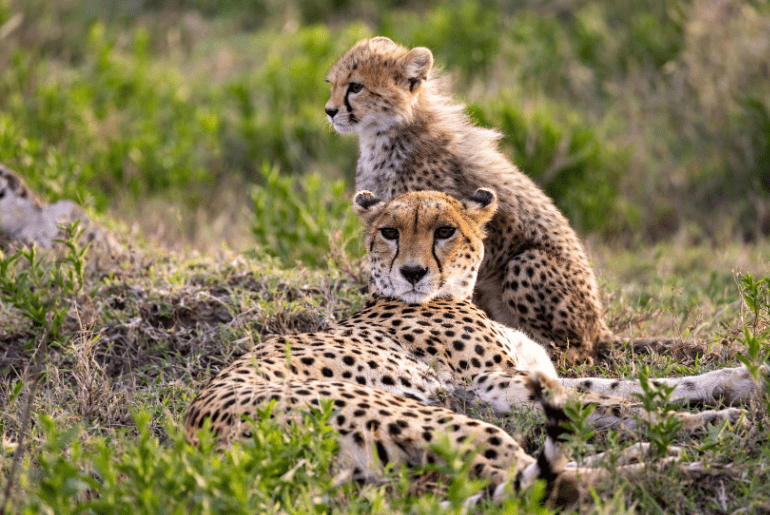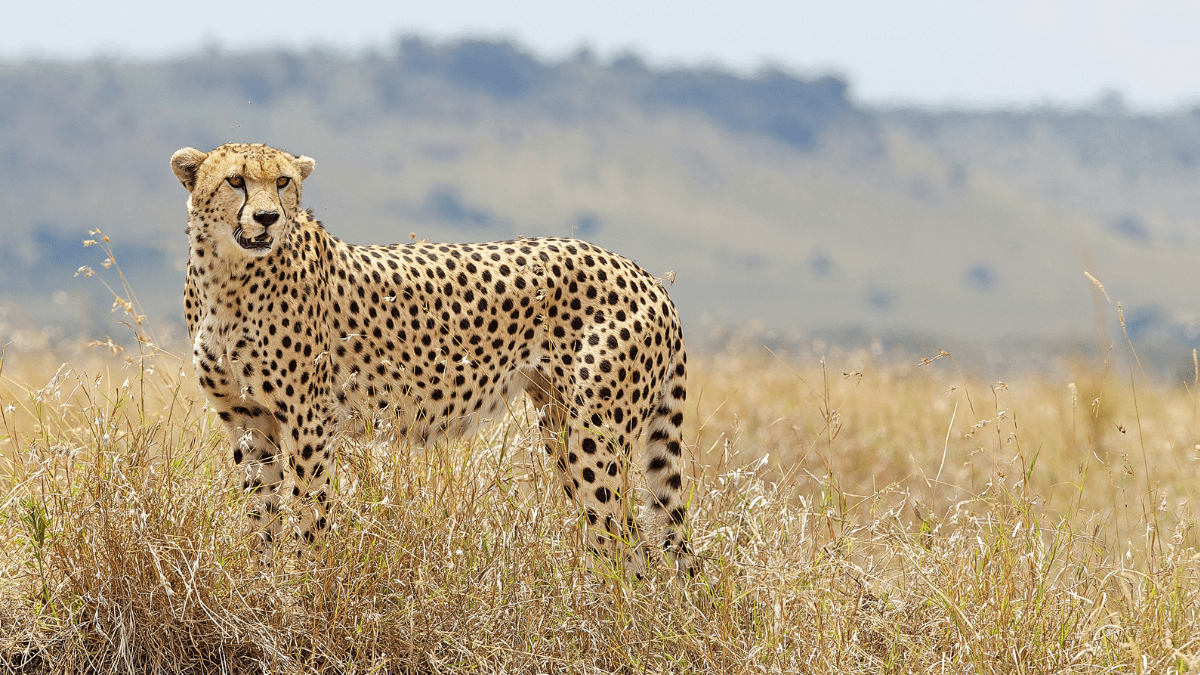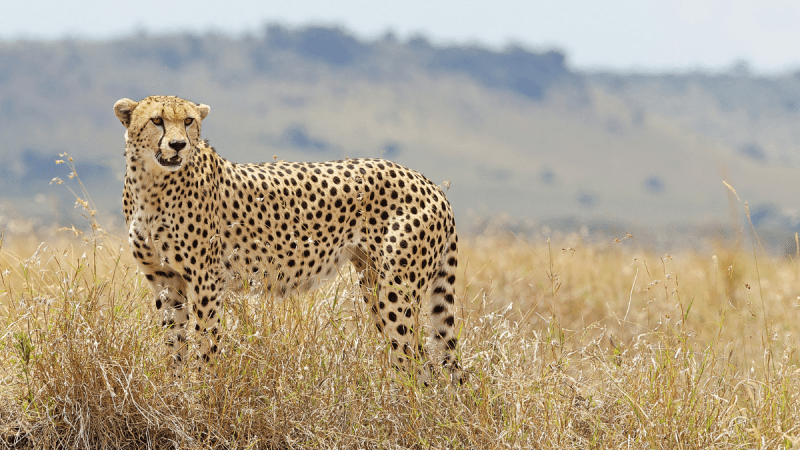India’s Project Cheetah might soon witness a major leap forward as Bundelkhand’s Veerangana Durgavati Tiger Reserve (VDTR) has emerged as the next potential habitat for African cheetahs. Located in Madhya Pradesh, the reserve is being considered for cheetah relocation as early as 2026, strengthening the country’s long-term conservation goals. The move comes after the introduction of cheetahs in Kuno National Park under Project Cheetah, which began in 2022.
Bundelkhand’s Veerangana Durgavati Tiger Reserve Offers Ideal Habitat

The Veerangana Durgavati Tiger Reserve spans across the Damoh, Sagar, and Narsinghpur districts of Madhya Pradesh. According to The New Indian Express, the National Tiger Conservation Authority and other wildlife experts have reviewed the site and found it suitable for hosting cheetahs. The landscape of VDTR includes dry deciduous forests, grasslands, and hilly terrain—an environment closely resembling the savannahs of Africa where cheetahs naturally thrive.
The reserve also supports a healthy prey base, which is essential for the survival and adaptation of the cheetahs. In addition, the presence of other predators like leopards, jackals, and wild dogs indicates a balanced ecosystem that could accommodate the new entrants without major disruption.
Lessons Learnt From Kuno National Park
The Kuno National Park project, while groundbreaking, has faced challenges, including limited space and several cheetah deaths. As reported by The Hindu, conservationists stressed the importance of understanding the spatial needs of cheetahs, as the species requires large territories and specific habitat features to flourish.
Also Read: Gamini the Cheetah Gives Birth To Six Cubs At Kuno National Park In A Major Conservation Win
By selecting VDTR, authorities aim to address these concerns. The larger area and more varied terrain of VDTR could support better movement patterns and long-term survival for the cheetahs. Project Cheetah’s future success may well depend on this adaptive strategy.
Local Involvement And Conservation Benefits
Authorities have also begun involving local communities in conservation activities. Awareness campaigns and outreach programmes are being implemented to educate villagers and promote coexistence. This approach not only ensures better protection for the cheetahs but also promises long-term benefits such as eco-tourism, job creation, and infrastructure development in the region.
Also Read: Want To Walk A Cheetah Or Pet A Snake? ALBUQAISH Private Zoo In Dubai Is The Perfect Place To Do So
With proper execution, the introduction of cheetahs to Bundelkhand could redefine India’s wildlife landscape. The VDTR relocation plan reflects a forward-thinking shift in conservation strategy—balancing scientific insight, community participation, and ecological preservation.
Cover Image Courtesy: Canva Pro/Mark Bridger





